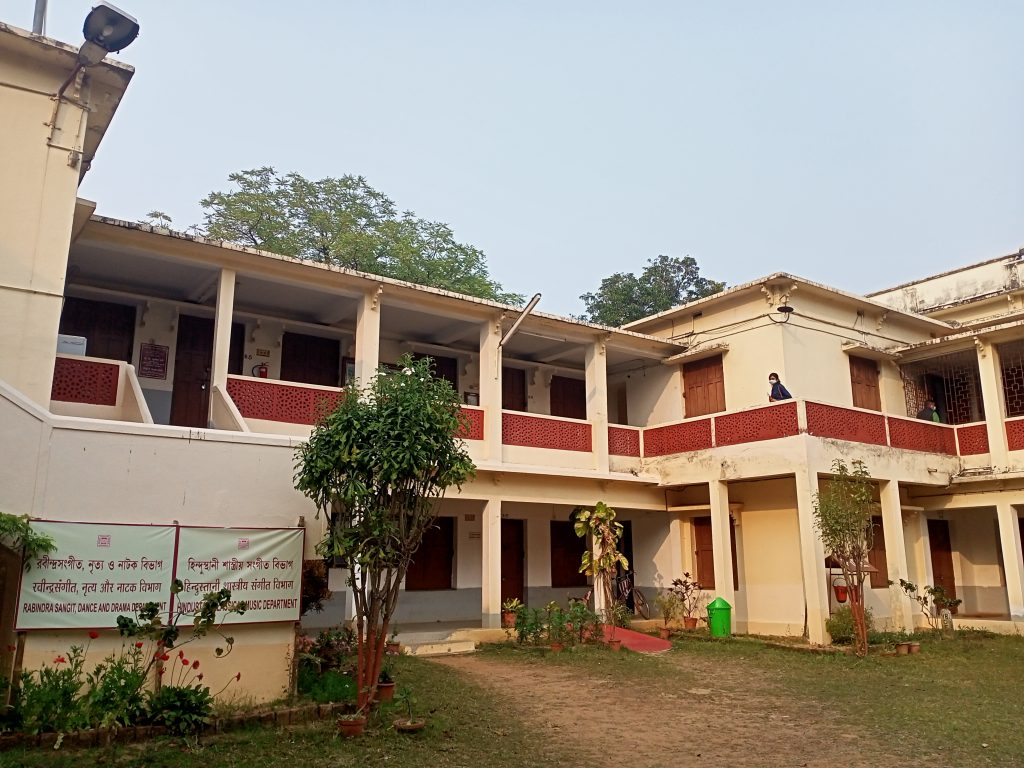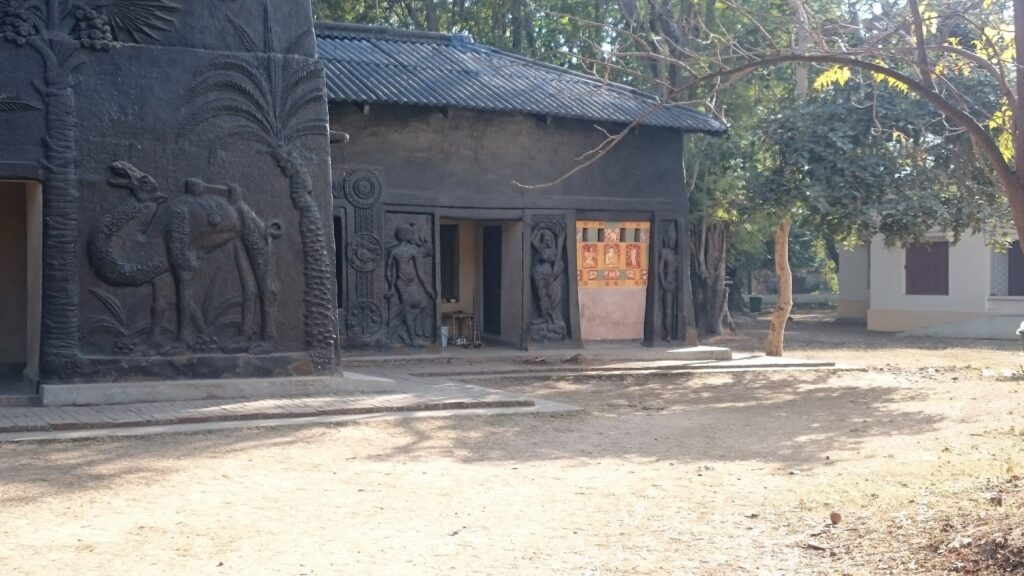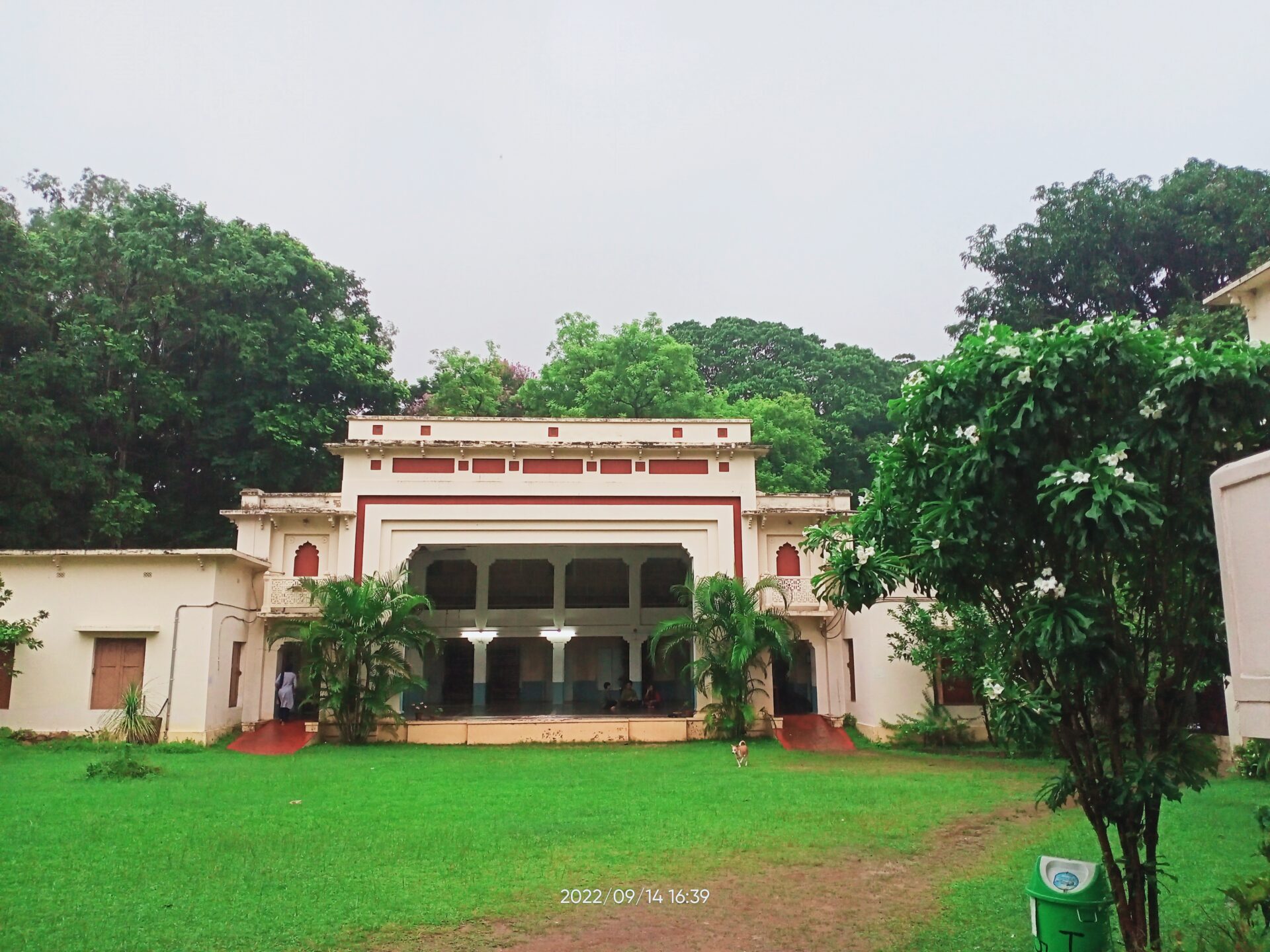
Sangit Bhavana, also known as the Music School of Santiniketan, is a distinguished cultural institution located in the serene town of Santiniketan, in West Bengal’s Birbhum district. Founded by Rabindranath Tagore, the first non-European Nobel laureate in Literature, Sangit Bhavana stands as a beacon of Indian classical music education. This school offers comprehensive degree programs in vocal music, instrumental music, and dance, with a curriculum deeply rooted in the rich traditions of Indian musical heritage.
A Legacy of Musical Excellence
The Founding Vision: Tagore’s Dream for a Musical Haven
Founded in 1922, Sangit Bhavana is not just a school—it is a vibrant hub where the art of Indian classical music is nurtured and celebrated. Established under the visionary guidance of Rabindranath Tagore, the institution was designed to be a place where music and culture could flourish side by side. Tagore’s philosophy emphasized the importance of blending education with artistic expression, and Sangit Bhavana embodies this ethos by fostering a deep connection between students and the soulful traditions of Indian music.
A Cornerstone of Cultural Expression
Sangit Bhavana has been an essential part of Santiniketan’s cultural and musical landscape for nearly a century. It is renowned for its commitment to excellence, and students and faculty members frequently showcase their talents at concerts and festivals both in India and abroad. These performances are not just exhibitions of skill—they are living demonstrations of Tagore’s vision of cultural exchange and artistic collaboration, carrying forward a legacy that transcends generations.
A Cultural Pillar in Santiniketan’s Heritage
Integrating Music into Santiniketan’s Cultural Fabric
Sangit Bhavana plays a crucial role in preserving and promoting Santiniketan’s rich musical traditions. As an integral part of the town’s cultural fabric, the school regularly hosts concerts, performances, workshops, and seminars that are open to the public. These events provide a platform for students, faculty, and renowned artists to engage with the community, sharing the profound beauty of India’s classical music with a broader audience. This active participation in Santiniketan’s cultural life reinforces the school’s status as a beacon of artistic expression.
Public Engagement and Community Involvement
The vibrant activities at Sangit Bhavana are more than just showcases of talent—they are celebrations of India’s classical music legacy. The school’s commitment to public engagement ensures that the traditions of Indian music remain accessible and relevant. By hosting regular events, Sangit Bhavana not only enhances the cultural life of Santiniketan but also fosters a sense of community around shared artistic experiences.
Fostering Learning and Cultural Exchange
Workshops and Seminars: Nurturing Dialogue and Understanding
Beyond its performances, Sangit Bhavana is deeply committed to fostering education and cultural exchange. The school regularly organizes workshops and seminars on Indian classical music, open to both students and the general public. These gatherings serve as vibrant forums for discussion, allowing participants to delve into the nuances of music, its history, and its impact on cultural life. This dedication to ongoing dialogue and education reflects Tagore’s belief in the transformative power of the arts.
Encouraging Creative Exploration and Innovation
Sangit Bhavana’s approach to music education is not confined to traditional teaching methods. The school encourages creative exploration, blending classical training with opportunities for artistic experimentation. This open-minded approach allows students to explore their own artistic identities while staying true to the foundational principles of Indian classical music, making Sangit Bhavana a unique institution where the past and present of music intersect.
A Lasting Influence on Indian Classical Music
Nurturing the Next Generation of Artists
The influence of Sangit Bhavana extends far beyond its walls. Over the years, the school has produced countless musicians, dancers, and performers who have made significant contributions to the world of Indian classical music. Alumni of Sangit Bhavana have gone on to become renowned artists, educators, and cultural ambassadors, carrying forward the traditions they learned within the institution. This legacy of nurturing talent ensures that the art of Indian music remains vibrant and evolving.
Preserving Tradition While Embracing Innovation
One of the defining features of Sangit Bhavana is its commitment to preserving traditional music while also encouraging creative exploration. The school’s approach combines rigorous classical training with opportunities for students to innovate and express themselves. This balance between tradition and creativity is key to the institution’s continued relevance in the modern world, making it not just a place of learning but a living testament to Tagore’s artistic vision.
The Enduring Spirit of Sangit Bhavana
More Than Just a School: A Cultural Landmark
Sangit Bhavana is more than an educational institution; it is a cultural landmark that continues to shape the musical soul of Santiniketan. Through its degree programs, performances, and public engagements, the school remains a cherished part of the town’s cultural and intellectual heritage. It embodies Tagore’s ideals, nurturing the art of Indian music and inspiring future generations to carry this rich tradition forward.
Keeping Tagore’s Ideals Alive
Sangit Bhavana stands as a testament to Rabindranath Tagore’s enduring vision of a world where art and education intersect. By fostering an environment of learning, creativity, and cultural exchange, the school keeps the spirit of Tagore’s ideals alive, ensuring that the music of the past continues to inspire the present and shape the future.


